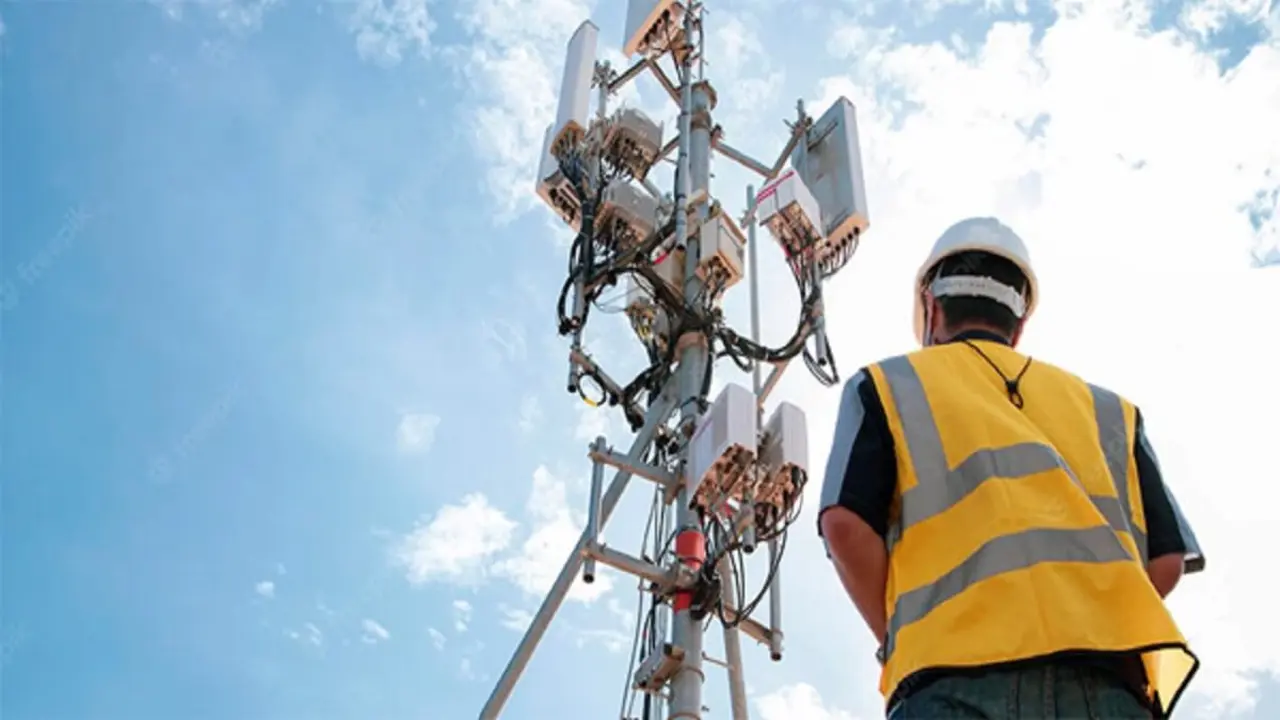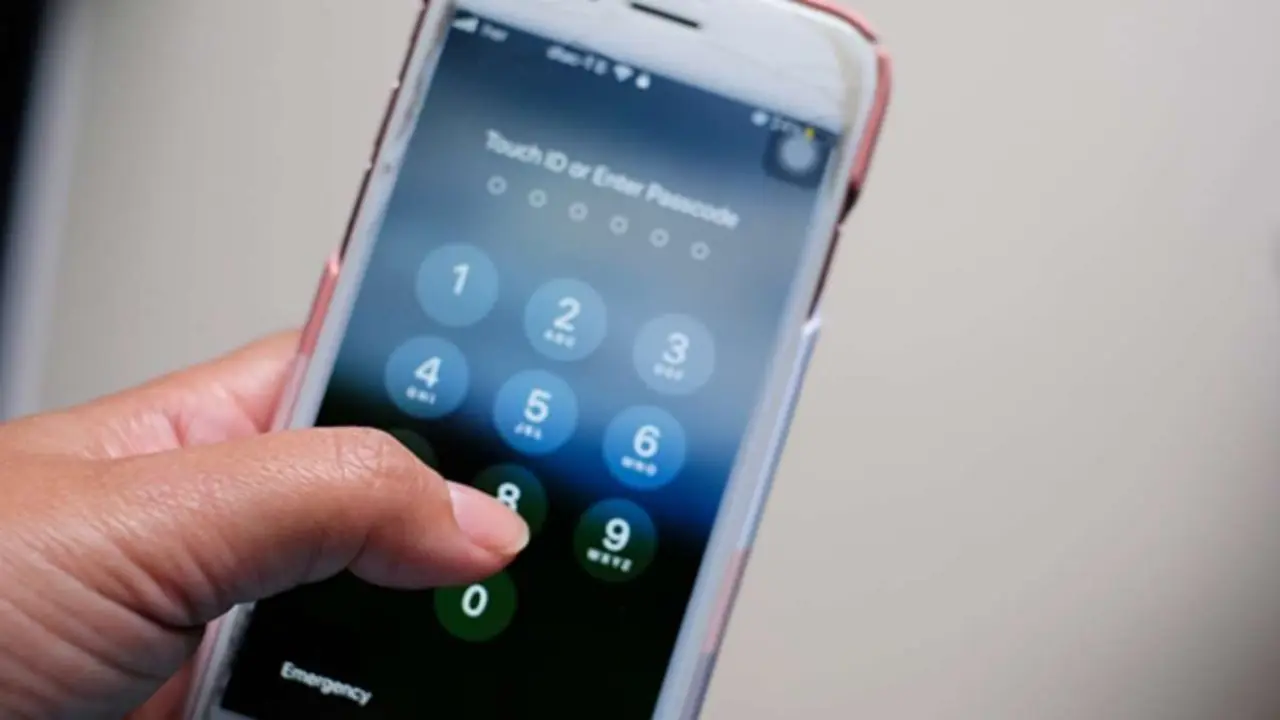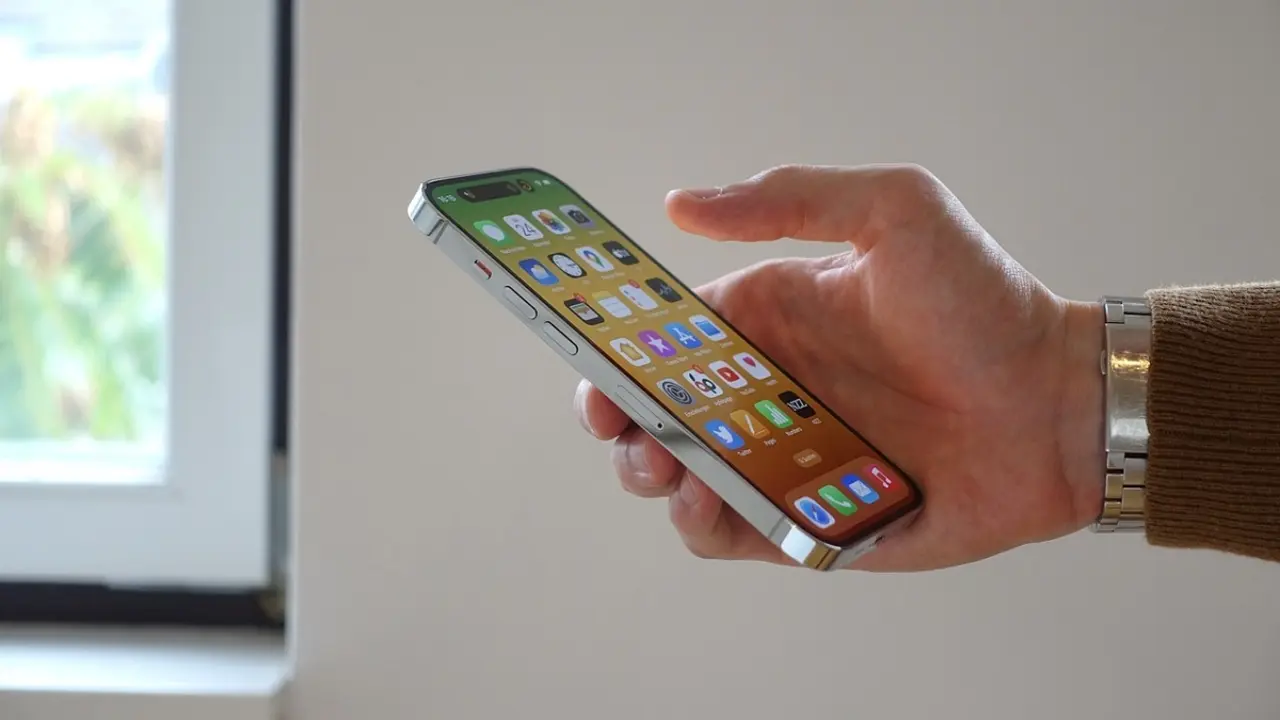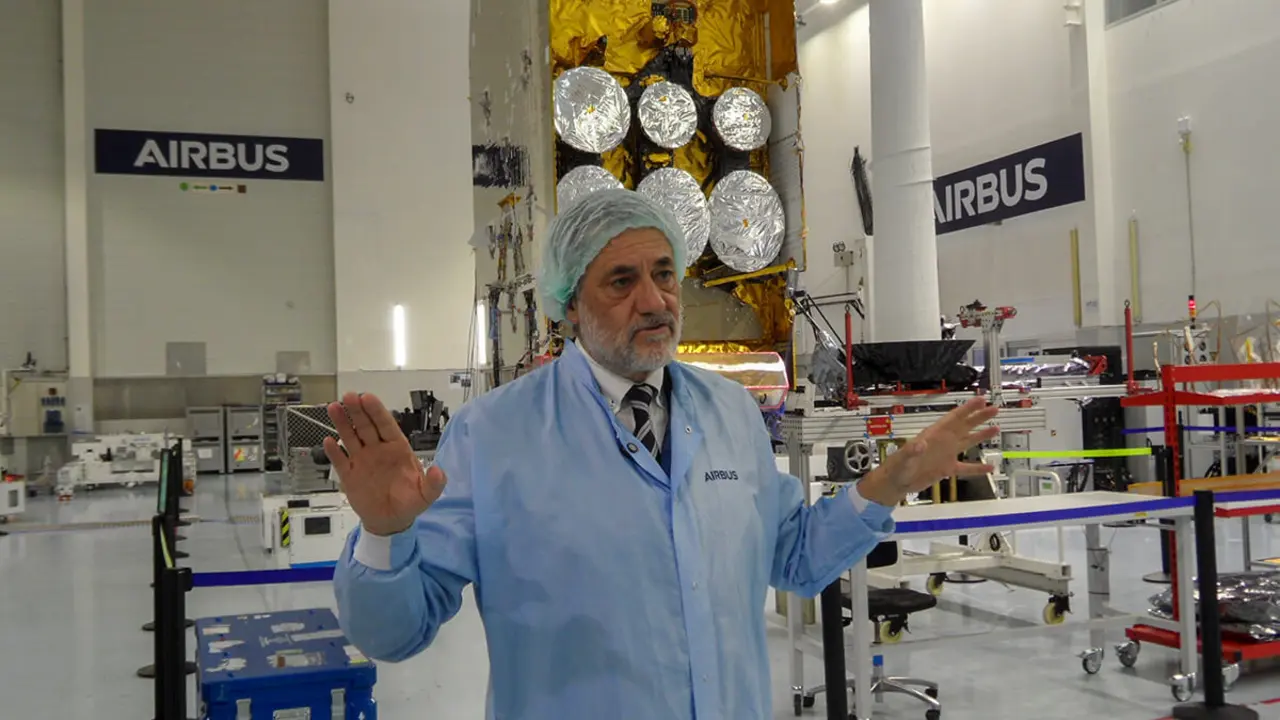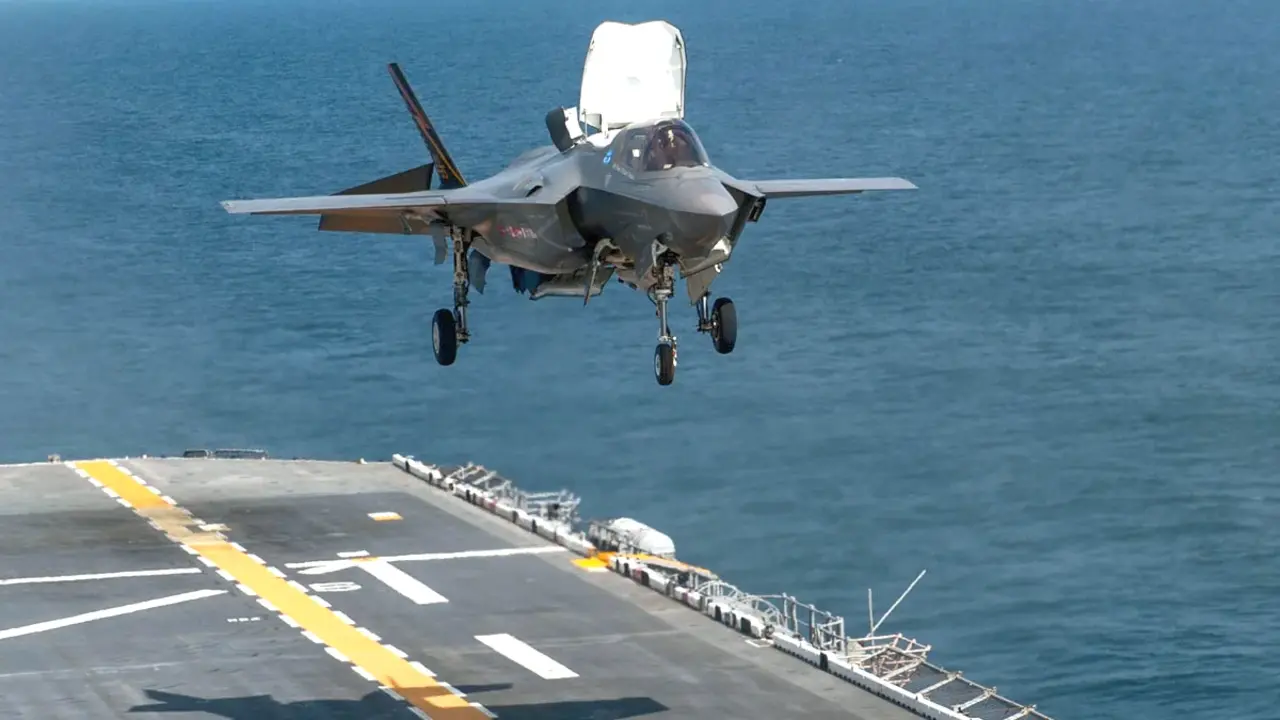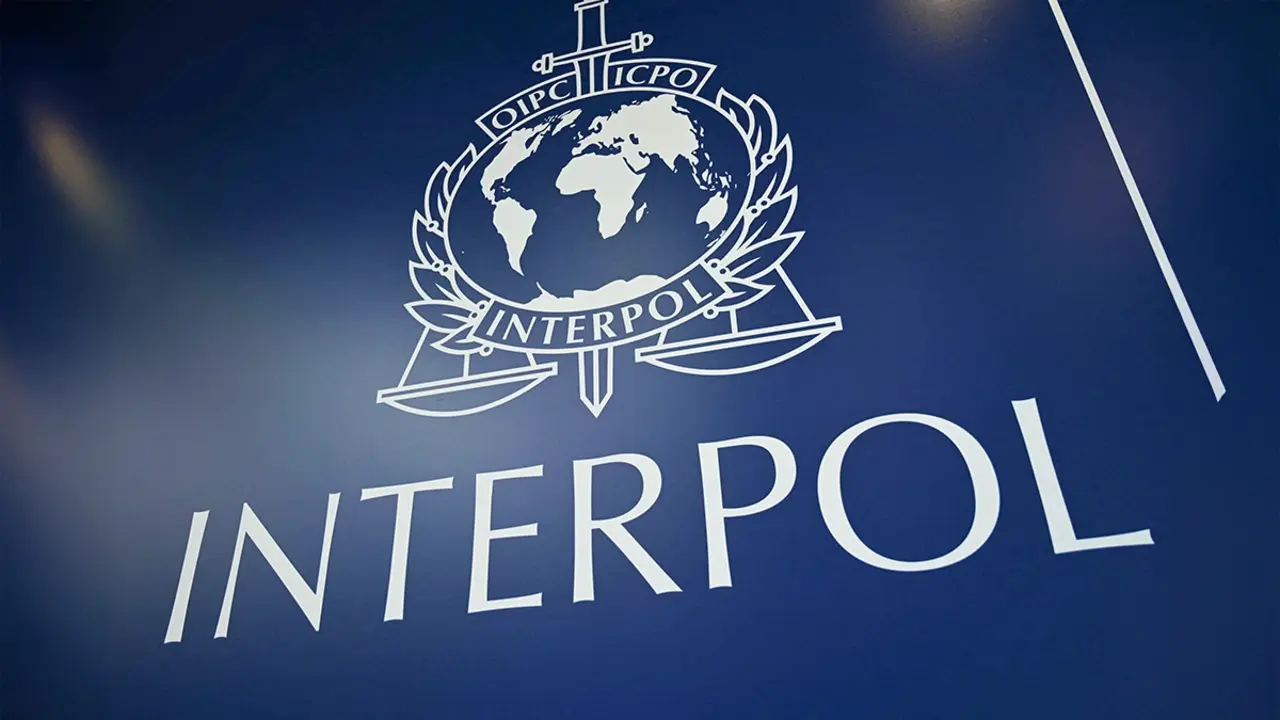NASA's Artemis I lunar mission resists Hurricane Nicole and will take off on the 16th
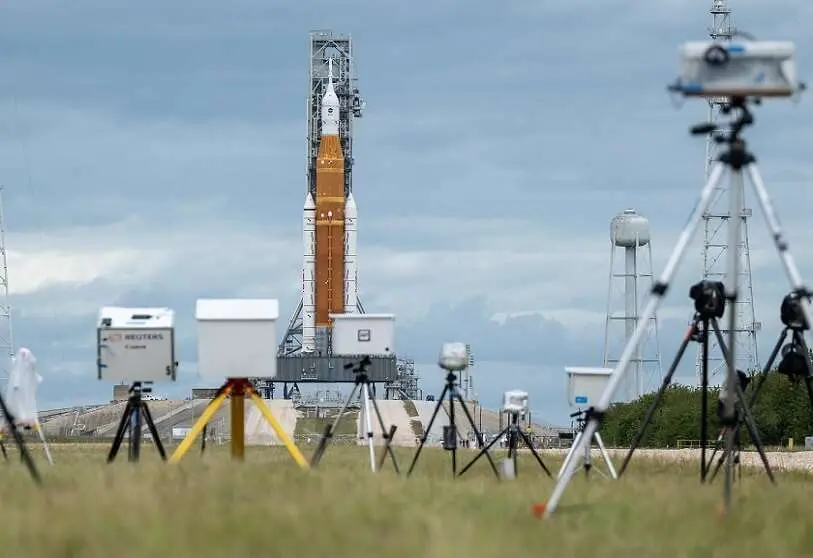
The SLS mega-launcher for the Artemis I lunar mission stands proudly for the third time on liftoff ramp 39B in the heart of NASA's Kennedy Space Center on the Atlantic coast of the US state of Florida.
It is held in place by a huge metal tower and supported by a titanium and special steel structure, which sits atop a reinforced concrete mound that forms launch pad 39B. The purpose of the Artemis I mission is to test the entire new space and Earth architecture developed and built by the Agency to return humans to the surface of the Moon in 2025 and beyond.
The first and foremost effort is the Space Launch System (SLS) launcher, which is now ready for its third chance to fly into space for the first time. It is expected to accurately complete the Artemis I lunar mission, without human crew, but with three dummies packed with sensors. And it must also prove that the more than $23 billion US taxpayers have paid in taxpayers' money has not been wasted.

Military meteorologists from the US Space Force's Delta Unit 45 predicted a few hours ago that there are 90% favourable weather conditions for the launch. Liftoff is scheduled for next Wednesday, 16 November, at 07:04 Spanish peninsular time, with a two-hour window of opportunity.
But in Florida it will be 1:04 a.m. on the same day, and carrying out an inaugural flight of the importance of Artemis I at night, in conditions of very reduced visibility, is not something that NASA likes, in spite of having advanced optical systems to follow the SLS's ascent second by second. The Challenger (1986) and Columbia (2003) shuttle disasters and the loss of 14 astronauts weigh heavily.

Firing at night is an added concern for launch director Charlie Blackwell-Thompson, who has already had to abort due to technical problems the countdown of the two previous liftoff attempts - on 29 August and 3 September - which left the towering SLS, 98 metres tall, weighing around 2,600 tonnes and capable of lifting up to 27 tonnes, on the ground.
But the liftoff attempt for the 16th "has been cleared by the Artemis I Launch Steering Committee" at its meeting on Sunday, NASA confirmed in a statement dated 22:01 on Sunday, 13 November - 04:01 on Monday morning - after reviewing launch preparations.
The countdown began today, 14 November, at 01:54 local time (07:54 on the Spanish mainland). Dozens of technicians and engineers from NASA and the main companies involved - Boeing, Lockheed Martin, Aerojet Rocketdyne, Northrop Grumman, Teledyne and Jacobs - are scrambling to resolve the "minor problems" that NASA says Hurricane Nicole caused on the SLS: in the Orion capsule's abort system and in an electrical connector on the mast that injects liquid hydrogen into the rocket.
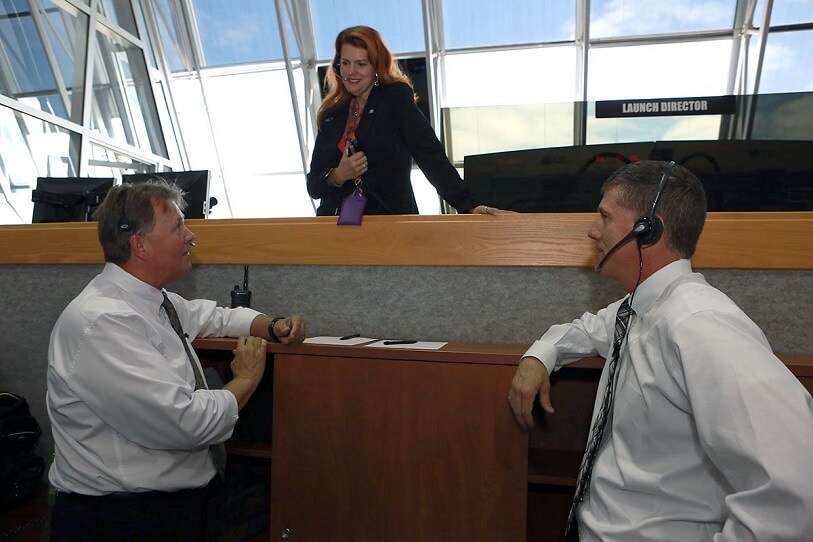
The SLS was defiant in the hot Florida sun from the early hours of 4 November. It was at its launch site after leaving the huge 160-metre high Vehicle Assembly Building (VAB), where it is safe and secure from rain and storms. But a major setback arose and a warning was declared.
The US National Hurricane Centre reported the arrival of Tropical Storm Nicole, which was due to sweep across much of Florida around 10 November... and the SLS was in its launch position on ramp 39B. What to do?

Based on data provided by meteorologists from the National Hurricane Center, the National Oceanic and Atmospheric Administration (NOAA) and the Space Force, the Artemis 1 Mission Steering Committee had to conclude whether to leave the SLS launcher out in the open and in position or take it back to the VAB.
The decision was the subject of much controversy at a meeting on 6 November of the Artemis I senior staff, which included top mission manager Mike Sarafin, launch director Charlie Blackwell-Thompson, senior flight director Rick LaBrode, Orion programme manager Howard Hu and ground systems programme manager Mike Bolger.
NASA's associate administrator for exploration systems development, Jim Free, explained that "although some were hesitant about what to do, both the launch director and I were in favour of keeping SLS on its pad". After a long debate and "in the light of the data, we all finally agreed: the launcher stays in place".

Protective measures were taken to secure the moorings, protect the most sensitive parts and seal off any possible ingress of rainwater. Fortunately, the wind gusts were below the 132 km/h certification limit defined for the giant SLS, which features the Orion space capsule on top. Even so, the damage was described as "minor".
However, if the launch on the 16th is cancelled for any reason, "NASA will try again three days later, on the 19th," Free confirmed. There is even another possibility of a launch on the 25th, the last possible launch in November.

NASA has informed that the live broadcast of the launch will begin at 18:00, Spanish peninsular time on the link:


